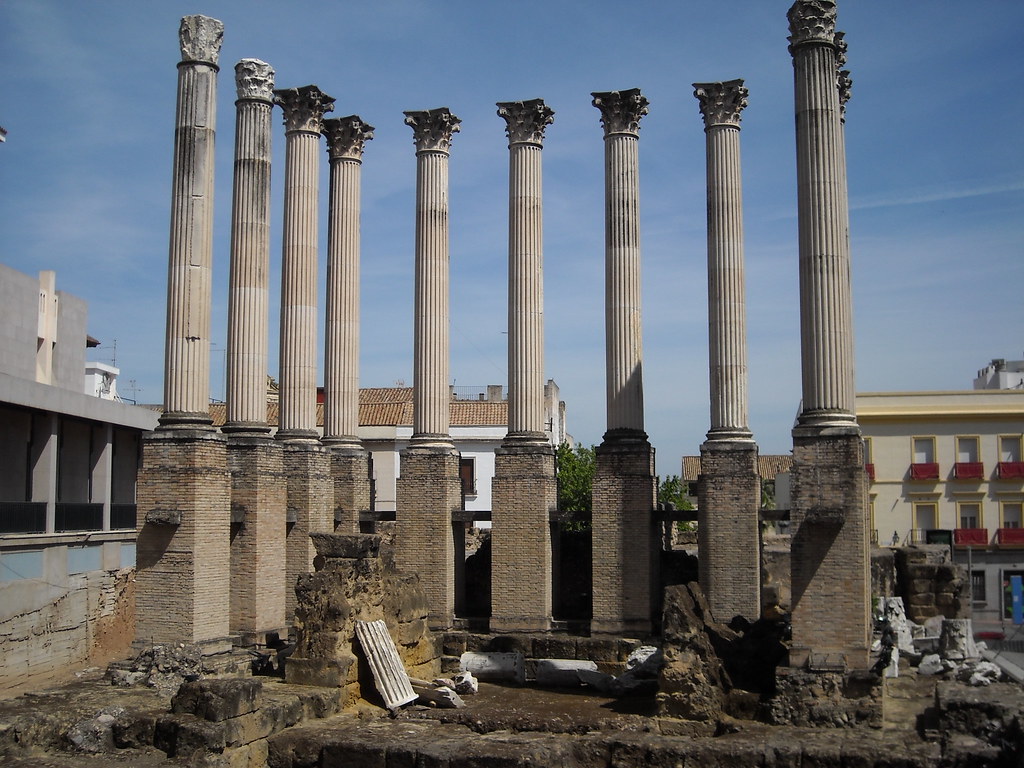Must-See Historic Places in Córdoba
Córdoba is one of the most popular tourist destinations in Spain. It has a long history from Roman and Visigoth settlement to an imperial city under the Muslim Caliphate of Córdoba. As it was christianized in 1326, Córdoba is still home to many notable pieces of Moorish architecture such as The Mezquita, which is named as a UNESCO World Heritage Site.

Mosque–Cathedral of Córdoba
The Mosque–Cathedral of Córdoba, also known as the Great Mosque of Córdoba and the Mezquita is regarded as one of the most accomplished monuments of Moorish architecture. According to a traditional account, a small Visigoth church, the Catholic Basilica of Saint Vincent of Lérins, originally stood on the site.
Read more about Mosque–Cathedral of Córdoba
Alcázar de los Reyes Cristianos
The Alcázar de los Reyes Cristianos ('Castle of the Christian Monarchs') served as one of the primary residences of Isabella I of Castile and Ferdinand II of Aragon. It forms part of the Historic Center of Córdoba that was declared a World Heritage Site by UNESCO in 1994. In early medieval times, the site was occupied by a Visigoth fortress.
Read more about Alcázar de los Reyes Cristianos
Roman bridge of Córdoba
The Roman bridge of Córdoba was originally built in the early 1st century BC across the Guadalquivir river, though it has been reconstructed at various times since. Most of the present structure dates from the Moorish reconstruction in the 8th century. Currently, after the Islamic reconstruction, has 16 arcades, one fewer than originally, and a total length of 247 meters.
Read more about Roman bridge of Córdoba
San Bartolomé Chapel
The Chapel of San Bartolomé is a funerary chapel in the historic centre of Córdoba. It is dated between 1390 and 1410. Richly decorated, it is one of the city"s finest examples of Mudéjar art. Located on the Calle Averroes in today"s Faculty of Arts building, the relatively unknown chapel is one of the city"s most notable monuments.
Read more about San Bartolomé Chapel
Córdoba Synagogue
Córdoba Synagogue is a historic edifice in the Jewish Quarter of Córdoba, built in 1315. The synagogue's small size points to it having possibly been the private synagogue of a wealthy man.
Read more about Córdoba Synagogue
Roman Temple of Córdoba
The construction of Roman temple in Córdoba began during the reign of Emperor Claudius (41-54 AD) and ended some forty years later, during the reign of Emperor Domitian (81-96 CE). Presumably it was dedicated to the imperial cult.
Read more about Roman Temple of Córdoba
Plaza de la Corredera
Plaza de la Corredera is the result of the works carried out between 1683 and 1687 by Chief Magistrate Francisco Ronquillo Briceño.
Read more about Plaza de la Corredera
Palacio de Viana
Palacio de Viana was established as the family estate in 1492 by Gómez Suárez de Figuroea. He died childless and was succeeded by his nephew.
Read more about Palacio de Viana
Medina Azahara
Medina Azahara ('the shining city') is the ruins of a vast, fortified Andalus palace-city built by Abd-ar-Rahman III (912–961), the first Umayyad Caliph of Córdoba. Located on the western outskirts of Córdoba, it was the de facto capital of al-Andalus as the heart of the administration and government was within its walls.
Read more about Medina Azahara